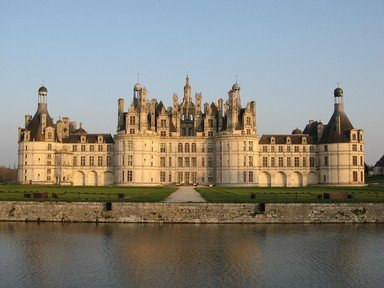Quiz Answer Key and Fun Facts
1. Many French kings had a nickname added to their name. What was the nickname of Philip II?
2. When did Philip II rule France?
3. Which was NOT one of Philip's wives?
4. Which of the following was not a contemporary of Philip II?
5. Why was France placed under an interdict in 1198?
6. In which Crusade did Philip participate?
7. Which famous battle was fought on 27th July 1214?
8. Philip was responsible for much work in the city of Paris. Which of the following was NOT something achieved during his reign?
9. During his reign Philip was responsible for increasing the lands of the French King. Which of these areas was NOT one Philip added to the royal domain?
10. Philip died at Mantes, but where was he buried?
Source: Author
beckyel
This quiz was reviewed by FunTrivia editor
Exit10 before going online.
Any errors found in FunTrivia content are routinely corrected through our feedback system.
